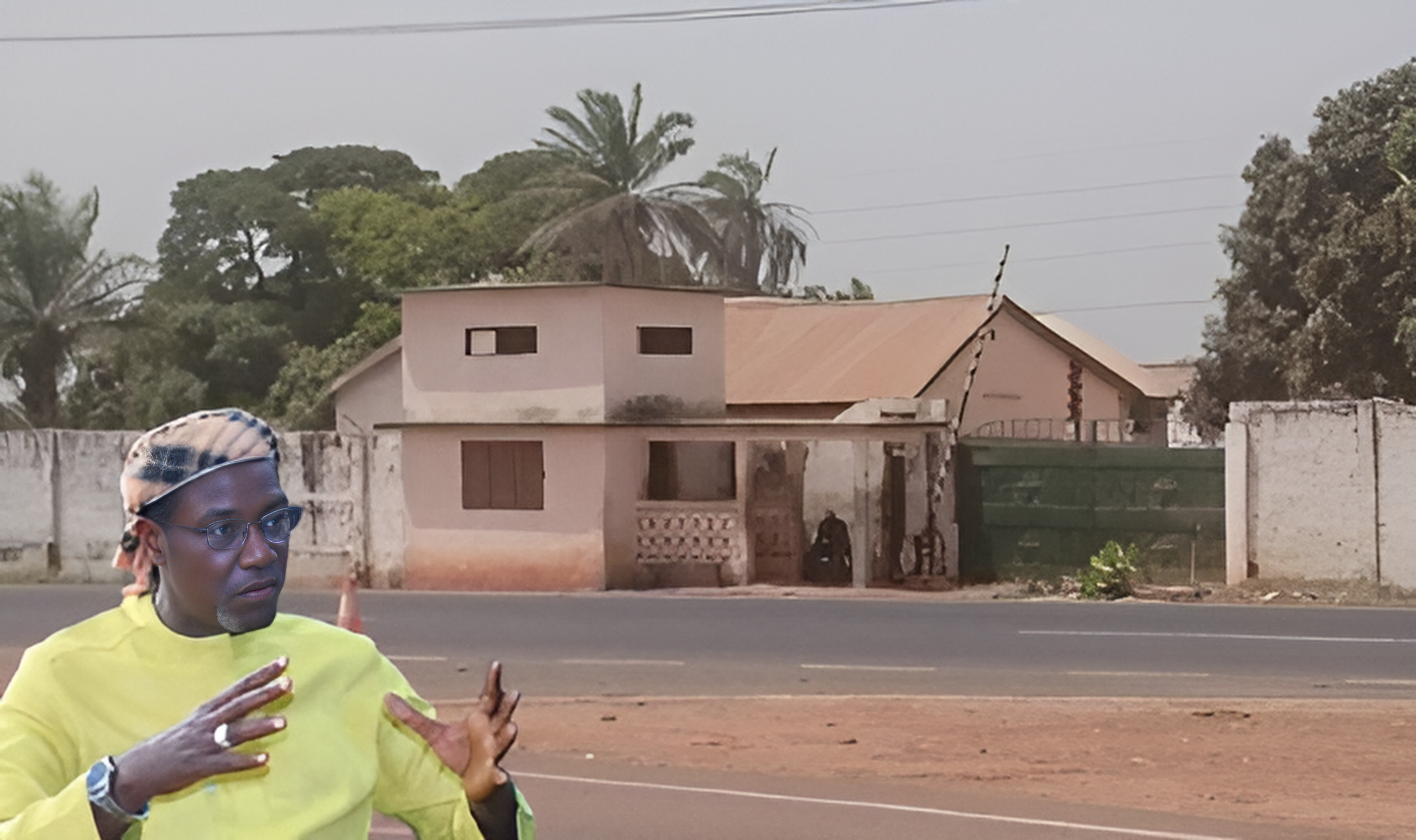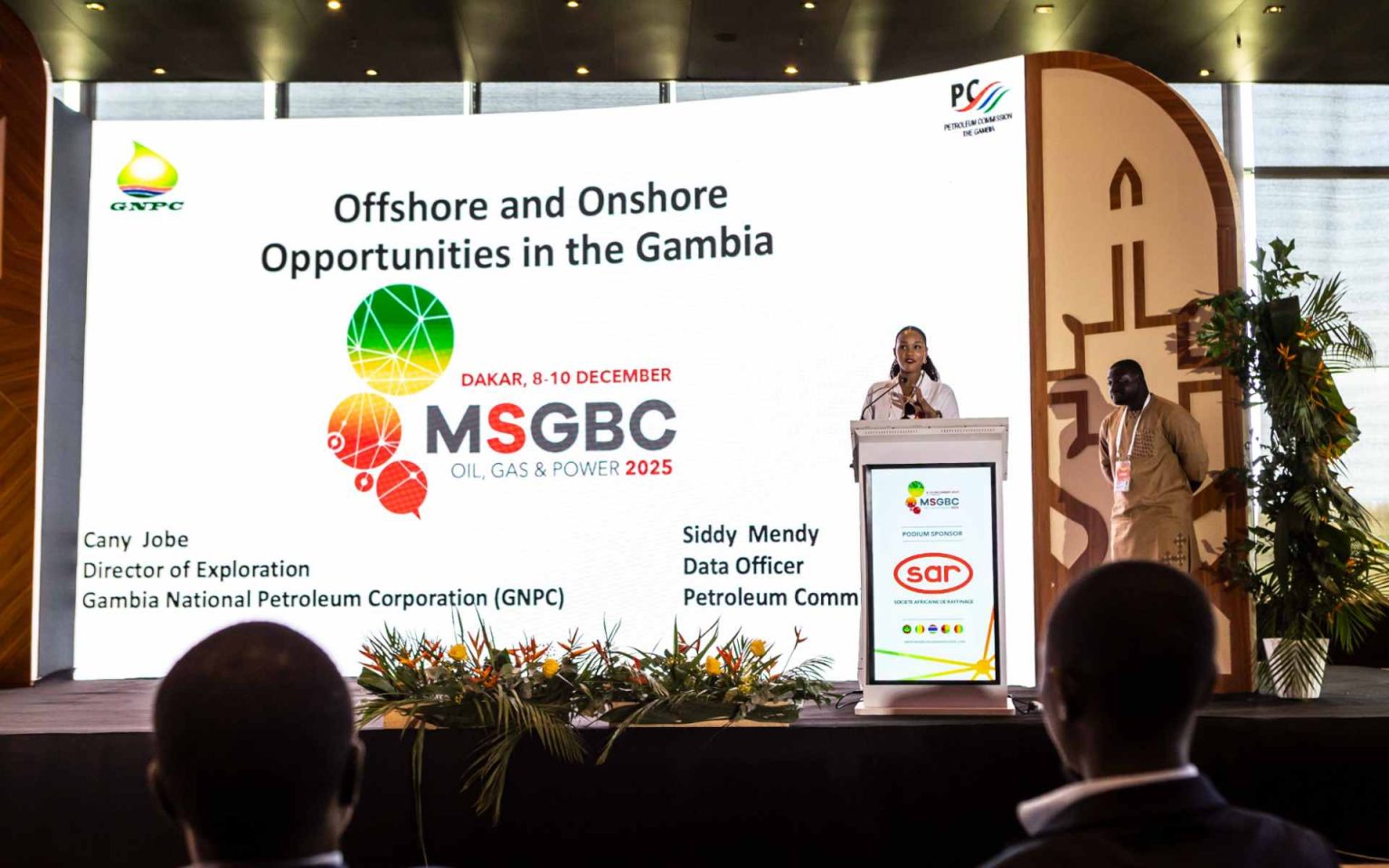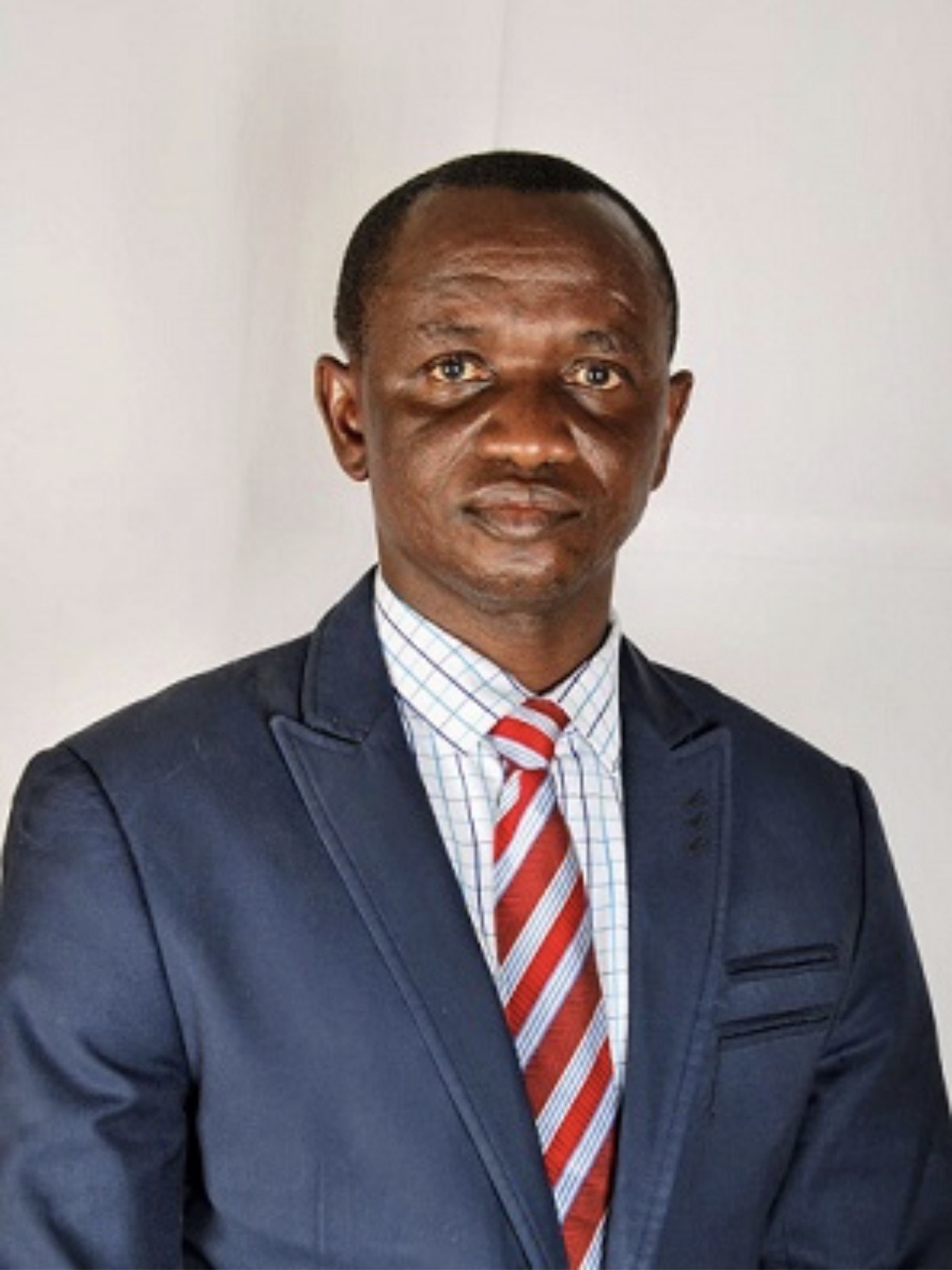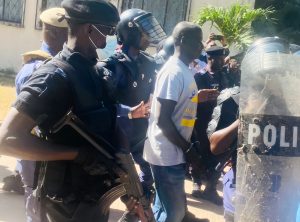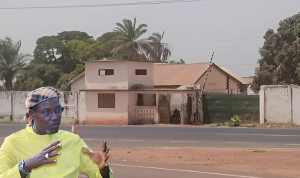Gambiaj.com – (BANJUL, The Gambia) – The Gambia’s 2026 national budget is set to be heavily constrained by debt repayment, raising concerns about the government’s ability to fund vital services. According to the Consolidated Report of the Finance and Public Accounts Committee (FPAC) presented by Hon. Alhagie S. Darboe, Minority Leader and FPAC Chair, during the fourth extraordinary session of the National Assembly, D13.46 billion has been allocated to servicing the country’s debt, accounting for 30.95 percent of domestic revenue and 22.67 percent of the total budget, including loans and grants.
Nearly one-third of every dalasi generated locally will go toward repaying debt, leaving little room for ministries struggling to fund health, education, security, and social services. The Gambia Armed Forces flagged insufficient funds for allowances and uniforms, while Immigration warned of challenges maintaining border systems. The Fire and Rescue Service reported only two operational hydrants in Kombo.
The country’s growing reliance on external funding adds to fiscal strain, with 36 percent of 2026 revenue projected to come from grants. Meanwhile, non-tax revenue is expected to fall sharply, limiting government flexibility without increasing borrowing.
FPAC warned that the rising debt is “crowding out” development spending. Despite projected economic growth, heavy debt obligations threaten investments in schools, social protection, infrastructure, and agriculture. The Committee called for closer coordination between the Legislature and Executive to stabilise public finances and avoid a cycle of borrowing to pay existing debts.
With a projected deficit of D2.07 billion to be financed entirely through domestic and external loans, lawmakers caution that unless debt is brought under control, public institutions will remain underfunded, essential services will decline, and key national priorities will suffer.




